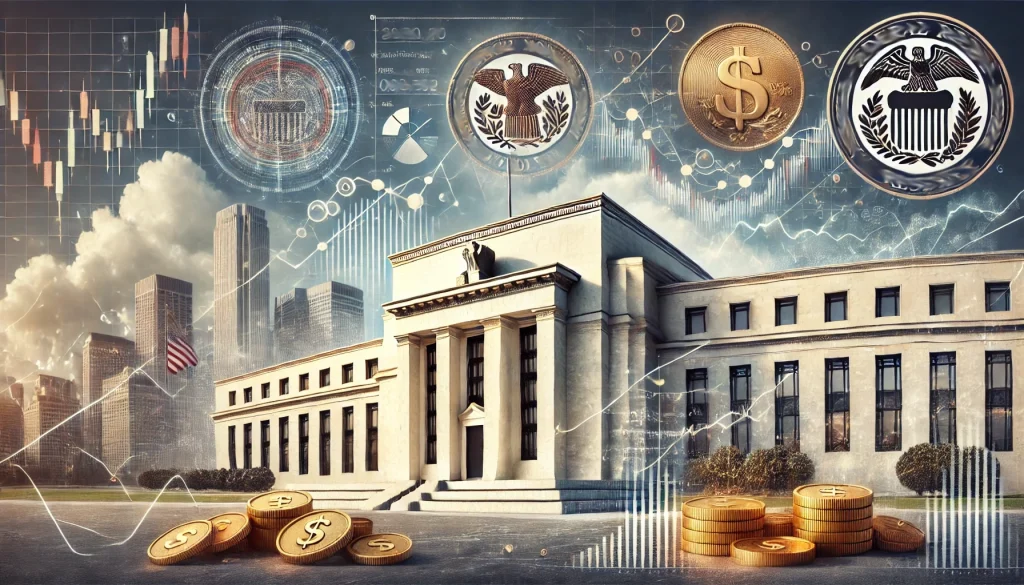What the Federal Reserve Means for Traders
In the world of trading, few institutions carry as much influence as the Federal Reserve. Commonly referred to as "the Fed," this central banking system of the United States has a profound impact on markets—both directly and indirectly. Whether you're trading stocks, forex, bonds, or commodities, understanding how the Fed operates can give you a significant edge.
What Is the Federal Reserve?
The Federal Reserve is the central bank of the U.S., created in 1913 to provide the country with a safe, flexible, and stable monetary and financial system. Its core functions include:
Core Functions:
- Setting monetary policy (primarily through interest rates)
- Regulating and supervising financial institutions
- Providing financial services to the government and public
- Ensuring financial system stability
For traders, the Fed's most important tool is its control over interest rates and monetary policy.
Why Traders Should Care About the Fed
1. Interest Rate Decisions
The Fed’s most-watched move is the Federal Funds Rate, the interest rate at which banks lend to each other overnight. Raising this rate typically cools off an overheated economy (and inflation), while lowering it stimulates economic growth.
Impact on Traders:
Stock Traders
Higher rates often lead to lower stock prices as borrowing becomes more expensive and consumer spending slows.
Forex Traders
Interest rate changes can lead to significant currency volatility. A rate hike typically strengthens the U.S. dollar.
Bond Traders
Bond prices move inversely to interest rates. Rising rates usually mean falling bond prices.
Commodity Traders
Commodities like gold are sensitive to rate hikes, which can strengthen the dollar and weaken gold prices.
2. Quantitative Easing and Tightening
Quantitative Easing (QE) is when the Fed buys government securities to inject liquidity into the market. Quantitative Tightening (QT) is the opposite—selling those assets to pull money out of the economy.
Impact on Traders:
- QE often fuels market rallies as it lowers yields and increases liquidity.
- QE often fuels market rallies as it lowers yields and increases liquidity.
3. Fed Speak
Fed officials, especially the Chair (currently Jerome Powell), often speak at public events or release statements. These communications are closely scrutinized for hints about future policy.
A single phrase can move markets—this is why traders often talk about reading the "tone" of a Fed speech.
Economic projections and policy outlooks provided during press conferences or meeting minutes can create volatility.
How to Trade Around Fed Events
Use a Calendar
Be aware of FOMC (Federal Open Market Committee) meeting dates and major Fed speeches.
Watch the Dot Plot
This chart shows Fed officials' expectations for future rate hikes and is a valuable insight into their mindset.
Avoid Overleveraging
Volatility spikes during Fed announcements can cause sharp price movements.
Trade the Reaction
Often, it's not the rate change itself that moves markets, but how it compares to expectations.
Tools to Stay Ahead
Economic Calendars
Forex Factory, Investing.com
FedWatch Tool
By CME Group – shows market expectations for future rate changes
FOMC Statement Tracker
Highlights changes in the Fed's official statements
Final Thoughts
For traders, the Federal Reserve is like a weather system: you can’t control it, but you can prepare for it. By understanding how the Fed influences various asset classes and staying informed about its actions and communications, you can turn what many see as risk into opportunity.
Whether you're a day trader, swing trader, or long-term investor, keeping an eye on the Fed isn't optional—it's essential.
